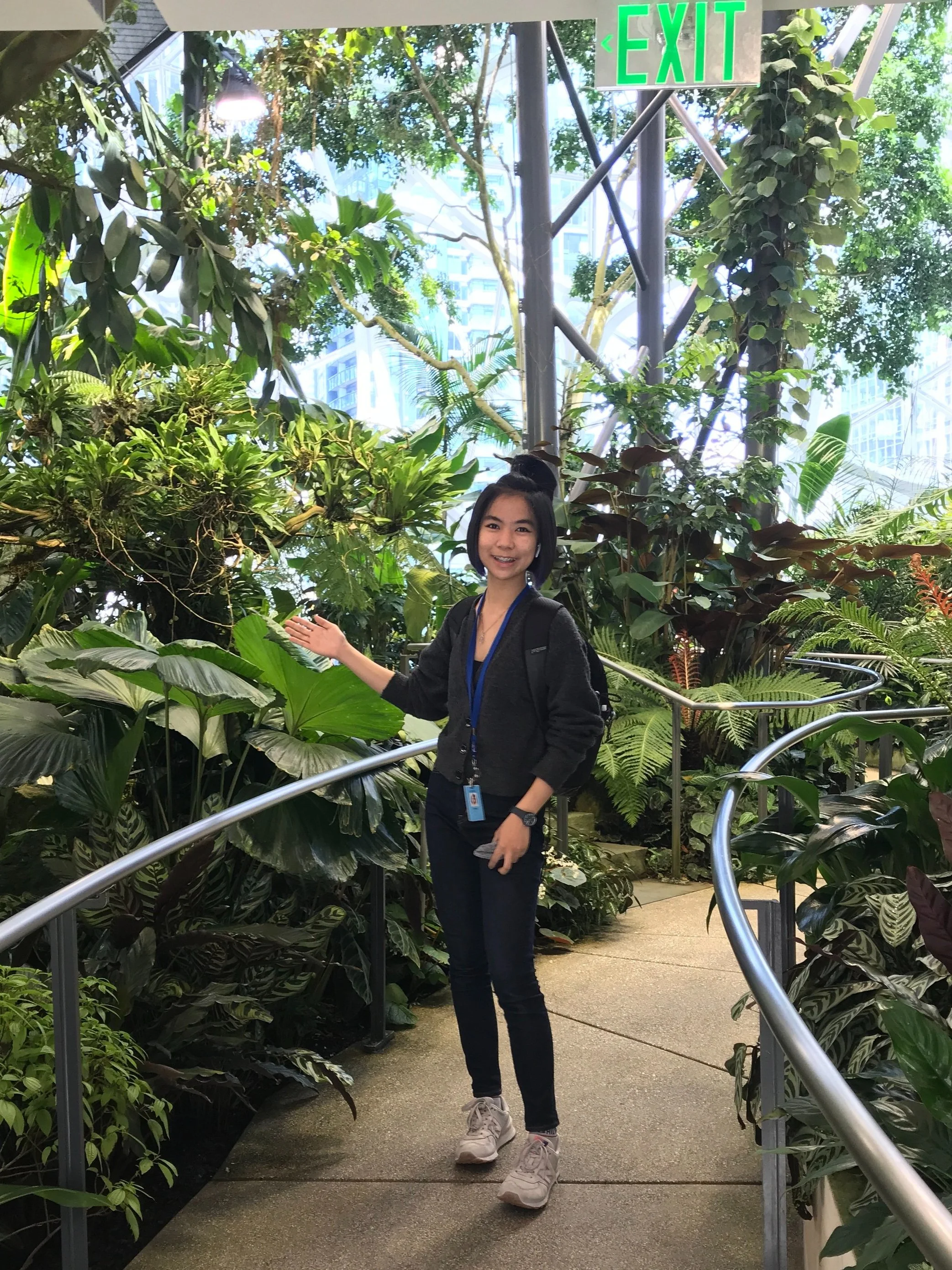Fire TV Settings
Personalizing Fire TV for Everyone
Fire TV
Timeline: May 2022 – August 2022
Core Responsibilities: User Research, Product Design, Multimodal Design, Visual Design
Key results: MVP Design Proposal, Updated Information Architecture
Team: 1 Design Manager, 1PM, 1 User Researcher, 1 Visual Designer, 1 UX designer mentor
Role: UX Designer Intern
Tool: Figma
During the summer of 2022, I interned as a UX Designer on the Fire TV design team at Amazon. I worked on redesigning the personalization and customization experiences of Fire TV. And because Fire TV often exists as a physical television, I got to design for TV-specific interaction patterns using a limited remote. I also got a taste of designing for voice-forward (or multi-modal) experiences as I was designing with the embedded Alexa in mind. Throughout the 12-week internship, I audited Fire TV, conducted market research, familiarized myself with existing User Research and customer pain points, redesigned the complex Settings information architecture based on an updated mental model, and proposed a new end-to-end experience with multiple touchpoints for navigating Settings.
This project is under a Non-Disclosure Agreement (NDA), so unfortunately I cannot share the specifics of my design proposal. I have omitted and obfuscated confidential details to comply with my non-disclosure agreement in this case study. And instead, I’ll highlight some of the UX methodologies that I applied to solve users’ needs and business goals without divulging confidential details.
Context
User Frictions led to Business Problems
As an intern, I was tasked with redesigning the Fire TV Settings — a project that, while not flashy or revenue-generating, had the potential for significant customer retention and operational cost savings. The business problem was clear: a high volume of customer support calls stemming from confusion and frustration with the current Settings interface. A better experience could reduce these calls, ultimately saving the company money and improving user satisfaction.
Multi-faceted approach to design problem solving
I provided fresh perspectives and a radical rethinking of how Settings function and provide value to users to tackle this age-old challenge.
And my first step was conducting a comprehensive audit of FireTV Settings, mapping out a sitemap (of Information Architecture) to capture the full scope of the feature. From there, I adopted a multi-faceted approach:
I conducted Competitive Analysis of the Settings experiences to benchmark against our competitors (both software and hardware) and consulted design leaders for strategic advice. I also leveraged insights from card-sorting sessions to understand how users naturally categorize settings.
Discovery & Research
During a week-long design sprint with our sister team working on mobile app settings, I gained a broader perspective of the “north star” vision for Amazon device ecosystems. This collaboration helped me align my work with the company’s long-term goals.
Design Sprint
Alongside another designer, I developed a forward-thinking mental model framework for Settings. This framework wasn’t just about reducing clicks; it reimagined how users perceive and interact with settings, focusing on clarity and intuitive organization
Mental Model Development
Using the framework as a foundation, I built an end-to-end Settings experience that incorporated new entry points, a streamlined mental model, and simplified User Interfaces.
Iterative Design
Validating Design Decisions
Rapid user testing
To validate the design, I partnered with the user research team to conduct rapid user testing, collecting qualitative feedback on the new versus old designs. These insights were instrumental in refining the prototype and addressing usability constraints.
Referenceable North star
Outcome and Next Steps
The result was a user-tested design proposal that simplified the Settings experience while empowering advanced users to customize their devices fully. To ensure the work had lasting impact, I documented the framework and design rationale in a detailed wiki, providing the team with a clear roadmap for implementation.
Reflection
Trust the process~
At first, this project felt daunting due to its technical complexity and broad scope. But by diving deep into the problem space and applying structured methodologies, I was able to create a solution that simplifies the Settings experience while supporting future scalability. And lastly I want to give special thanks to my design mentor Izzy, my manager Kevin, and the rest of the Fire TV team for supporting me throughout my first internship with Amazon.










